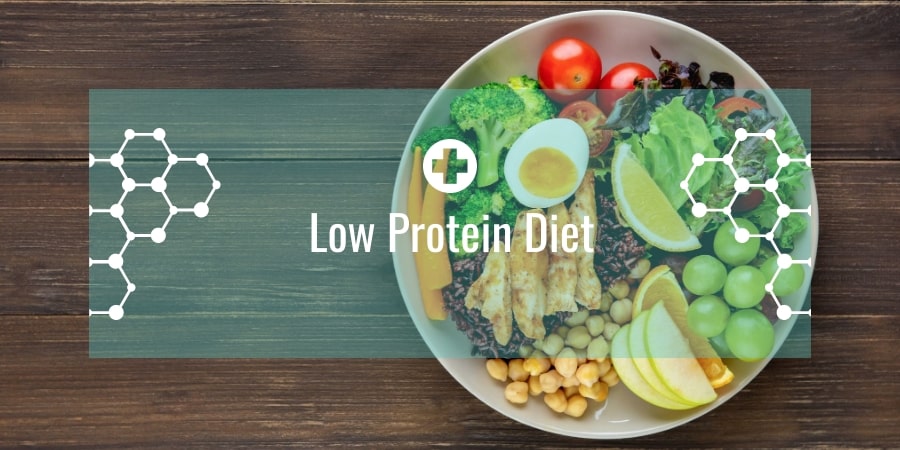Now, we are not new to the thesis of the importance of essential nutrients in our regular diet. Likewise, it is a worldwide fact that protein is a significant product among all others, for the appropriate and overall growth of the body. Protein is a major part of children’s diet as it works wonders for the growing bones. It not only facilitates wound healing but also helps fight infection.
On the other hand, excess of anything is bad for health, and hence, people with liver or kidney problems need to avoid protein, as their body is not in the condition to utilize protein in the right way. If protein is consumed in too much quantity, blood may develop dangerous waste products. So, it is very important to know exactly how much consumption of protein in our daily diet is good and what the limits we should avoid reaching are.
For People on Low Protein Diet
As mentioned earlier, folks who suffer from a kidney or liver problem are advised to have low protein consumption. A low protein diet does not mean completely shunning its intake. Protein can never be completely eliminated from the diet. That is because; if your body does not receive a regular dosage of protein then it commences to break down the protein present in the muscle.
There are two versions of the Low protein diet: one is a moderately restricted diet wherein the protein is made available through food articles with medium protein, which is enough to sustain the necessary nutrition only. The other is a severe protein restriction where the person is restricted to only 20-25 grams of protein consumption daily. This diet requires strict monitoring and mineral and vitamin supplements. A person devoid of any liver or kidney ailment is supposed to have an intake of 40-60 grams of protein each day to maintain good health. It is just the average measurement, since; every individual’s protein requirement would depend on his/her weight and height. Protein is present in various food items at different levels. These are as mentioned below:
- High level of protein: meat, fish, poultry, eggs, milk, yogurt, peanut butter, and cheese.
- Medium level of protein: vegetables, starches like breads, cereals, and pasta.
- Low level of protein: fruits, fats, and sugars.
The contents of the high level of protein are considered to be the most complete sources of protein, as they contain all the essential amino acids. Even as medium level protein substances do not give complete protein they are still necessary to be included in the daily diet to maintain a well- balanced nutritional level.
Foods in Low Protein
Fruits and vegetables are encouraged in the low protein diet. But, even here there are some exceptions such as beans, peas, potatoes, and corn. The form of food also alters its protein content. Like if the food is dried, it has a high content of protein. So people who are on a low protein diet need to be extra careful to avoid too much protein. And that, mind you is more difficult than actually adhering to consuming a good amount of protein to stay healthy.
